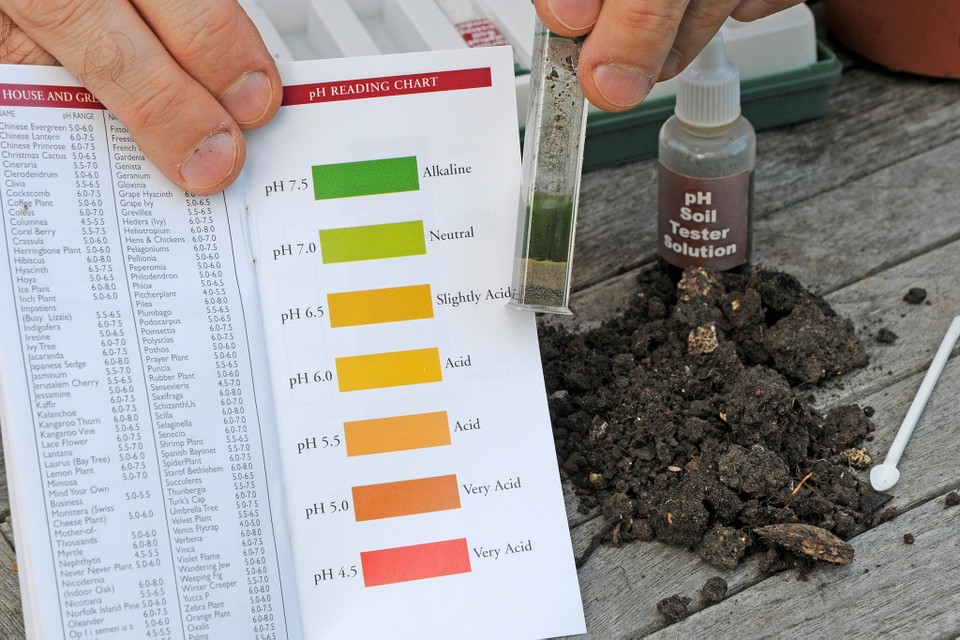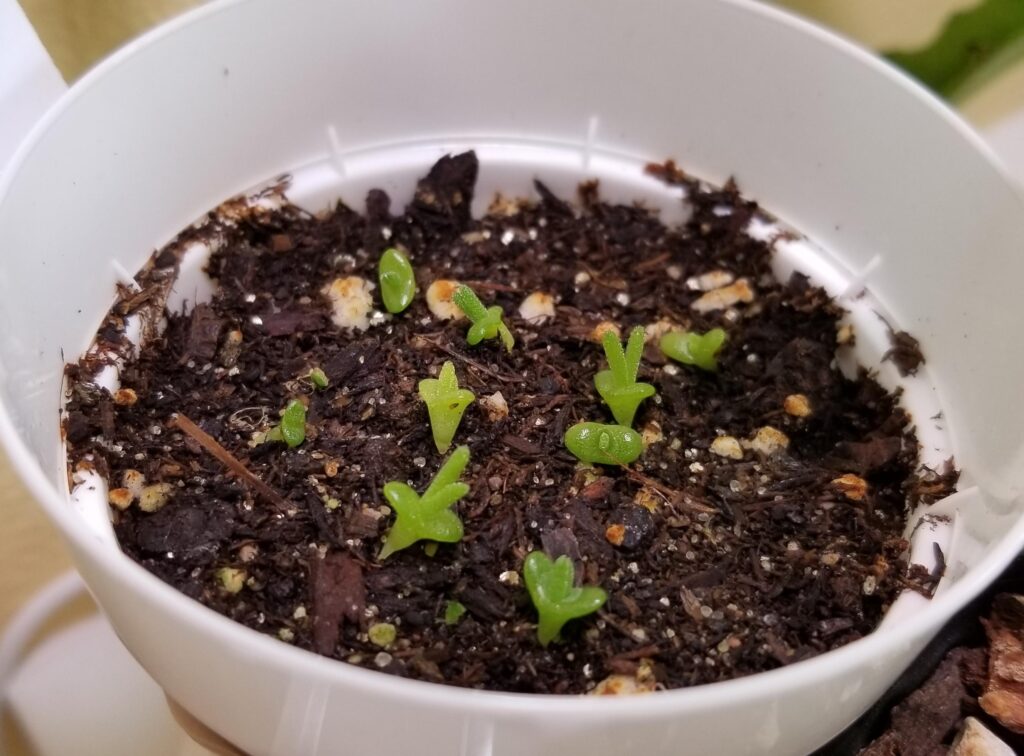
It can be tough to get up early on the weekends to go to the farmer’s market to buy fresh produce. An excellent alternative to having healthy fruits and vegetables is to grow your own! The same goes for tomatoes!
We all love the flavor tomatoes add in foods. Almost all recipes require tomatoes! Instead of spending your hard-earned money on store-bought tomatoes, you can take up a new hobby of growing them yourself. But, how to prepare the soil for tomatoes?
A lot of people fail in their tomato-growing endeavors because they don’t know the secret to growing the best tomatoes. An essential part of the process is soil and preparing it correctly to support the growth of the perfect tomatoes.
If done successfully, this will not only save you money, but also be a therapeutic gardening experience. You can nurture and care for your plants in your home garden. Or, with plenty of backyard space, you can use it to grow not only beautiful flowers, but your favorite fruits and veggies as well.
Here’s a detailed guide on how to prepare garden soil for tomatoes.
The first thing to know about growing tomatoes is, apart from the correct soil, tomatoes also require the soil to get plenty of direct sunlight to grow. This is why it is important to pick an area that gets strong and direct sunlight.
The soil requires at least 6 hours of sunlight, preferably more. It is easier to find sunny spots if you are planning to grow your tomatoes in open ground. But it can be difficult to get enough sunlight in a greenhouse.
The afternoon sun is more effective than the morning sun, so look for a spot in your garden that is bright during the day. If you don’t have enough open ground space and want to plant your tomatoes in a greenhouse, you can consider using artificial lighting to provide the soil adequate amounts of light.
Selecting the plot for growing tomatoes should be done weeks before you actually start planting them because the soil preparation takes a while.
Once you have picked your desired area to plant your tomatoes, you need to check the soil. This should be done several weeks prior to planting them. Different plants need different soil conditions to grow, and tomatoes prefer well-drained and dry soil conditions.
To check this, you need to see whether the texture of the soil feels like sand and clay. Also, see that it does not cloud up when you squeeze it in your fist. Muddy soil that sticks to your garden tools will not be adequate for growing tomatoes.
One way to prepare your soil for planting tomatoes is to use compost for improving the levels of nutrition retention and cultivation.
You can start your soil preparation by cultivating the plant bed at least ten inches deep, using a garden spade or a tiller. Once you are done digging, you will get rid of any debris in the ground and break any soil clods you find.
Now, take the soil fertilizer and add it in the top six inches. You can also use other organic matter or soil mixes to prepare your soil for planting tomatoes. The best soil mixes for tomatoes will provide the best results.
You can also recycle compost instead of buying soil mix. This can be done over time by storing organic waste, like kitchen scraps from vegetables in a compost bin. Look for the best compost bins to save you from wasting food and money!
Make sure to complete this procedure thoroughly because it is an essential step in preparing your soil to support the growth of tomatoes.
Tomatoes require warm and dry conditions. The soil needs to be the right temperature for them to grow. However, even during hot and bright spring weathers, the heat takes time to reach the soil and warm it up. It is naturally cool underneath the ground and the soil will not heat up well enough on its own.
You can avoid issues like transplant shock, by helping the soil absorb adequate amounts of heat and sunlight. You can cover the plot with black plastic sheets to absorb heat. It will quicken the warming process of the soil as well. Start preparing the temperature of the soil a few weeks before planting the tomatoes.
For covering the soil, you will need a roll, or rolls of plastic, enough to cover the whole area. You can get these at your nearest hardware store, and we recommend getting it in black color to ensure that maximum heat is absorbed.
Spread the plastic sheet over the plot, such that it covers the entirety of the soil. Secure the borders of the sheet against the wind by placing heavy objects like rocks, bricks, or other weighted anchoring items. Remove the plastic sheets when you are ready to plant the tomatoes. You can get rid of them or save them from covering the plot to protect your tomato seedlings from weeds.
This step is crucial. You need to check the health of your soil, in terms of nutrients and chemical contents. This is to assess how suitable they are to assist the growth of healthy tomatoes. You can take an easy soil test to get an idea of the nutrient and chemical levels in your soil.
You need a soil test kit for this purpose. We recommend finding a reputable kit that provides accurate results. You can find the best soil test kits online or at a gardening supplies store at excellent prices. If you don’t want to purchase a soil test kit, then you can get professionals to come and test the soil for you.

A high pH would indicate the soil is alkaline, while a low pH means the soil is acidic. The scale goes from 0 to 14, whereby 0 is the most acidic, 14 is the most basic and a pH level of 7 is neutral.
Small differences in the pH level hold high values. The difference between every pH value is 10-fold. Therefore, if you take two soil samples and they have pH levels of 4 and 5, then the first sample will be 10 times more acidic than the second sample.
Tomatoes require slightly acidic soil conditions to grow best, therefore the ideal soil pH range for growing tomatoes is 6.2 to 6.8. You need to check the pH levels of soil in your selected plot, so you can fix the pH range to be more suitable for planting tomatoes.
Testing your soil using a soil test kit will tell you the pH level of the soil, along with the nutrients and chemicals present. Soil pH testing is simple and can be done using several methods including using a pH probe, pH strip, and baking soda and vinegar.
But the fastest and most accurate way is to use a pH testing kit that you can buy from a garden store or online. You can test a soil sample from your selected plot, but if it is a large area dedicated for growing tomatoes, then it is best to test different patches across the plot.
Once you have the pH value of the soil, you can regulate the levels by adding lime. This can increase the pH level if it is too acidic. Add sulfur to lower the pH level if it is too basic.
Like any living organism, plants require not only the right care and environment, but also the right type of nutrients to grow healthy. A balance of nutrients, such as potassium, nitrogen, and phosphorus is necessary for a healthy tomato plant to bear the best fruit.
These nutrients are the most important for tomato growth. You need to check the soil test results carefully to identify the amendments your soil requires before sowing the seeds.
Let’s consider the role of each nutrient before getting into the specifics of regulating them.
Nitrogen ensures the leaves of a tomato plant are healthy and green. Nitrogen deficiency can be identified by yellowing leaves. Tomato plants require about 1¾ pounds of nitrogen every 500sq ft.
Phosphorus is important for the development of a strong root system. It aids in building disease resistance and cultivating fruit and seed formation in the tomato plant. You can detect phosphorus deficiency by noticing a slow, stunted growth and the reddening of stems and foliage.
Potassium also plays an important role in the growth and disease resistance in tomato plants. In a soil lacking sufficient potassium, the plant appears to be weak, and the growth is slow. Extreme potassium deficiency can lead to the browning of leaves.
It is not difficult to mitigate the deficiency of these nutrients. You can easily increase the nutrient contents in the soil by following certain procedures.
Look for the best fertilizer for growing tomatoes in order to have a good harvest. You can consider the Tomato-tone Organic Fertilizer, which is an all-natural plant food highly recommended by experts.
The fertilizer feeds the plant, and it is important to look for the best plant food. According to most reviews, EcoScraps for Organic Gardening Tomato & Vegetable Plant Food is the best rated plant food for growing tomatoes.
Tomato plants require plenty of water to grow and need ‘deep watering’. It is important for you to manage the watering of your tomato plant properly to aid their growth. An excellent way to do this is by using a soaker hose. It helps the soil to absorb water properly and prevents the foliage above to get soaked in the process.
The key is to stray clear of over watering, which can potentially hurt the plant, but ensure that the seeds get enough water to take root. When the plant is a little taller, proceed to add mulch, which will keep the soil borne pathogens from getting to the top foliage and perpetuating the spread of diseases.
When you are adding mulch, make sure to layer it 2–3 inches high and place it approximately 2 inches from the stem. The best way to do this is to place the mulch right above the soaker hose.
Gardening beginners often try to follow the planting procedure carefully, but fall short on the preliminary preparation, such as soil management. This guide was aimed to help you in the above-mentioned endeavor, by taking you on a step-by-step journey of how to prepare soil for tomatoes.
If you follow the procedure of choosing the best plot and cultivating the best environment within the soil for tomato plants to grow, you will soon have tall tomato plants, with the best and reddest tomato fruits to enjoy.
We tried to include cost effective and eco-friendly ways, such as recycled compost and reusable soil kits to make cultivating tomatoes a better experience for all. You can drop in your suggestions, queries and advice down below!





